Home>Articles>What Experience Do You Have In Working With Hand Tools In Plumbing
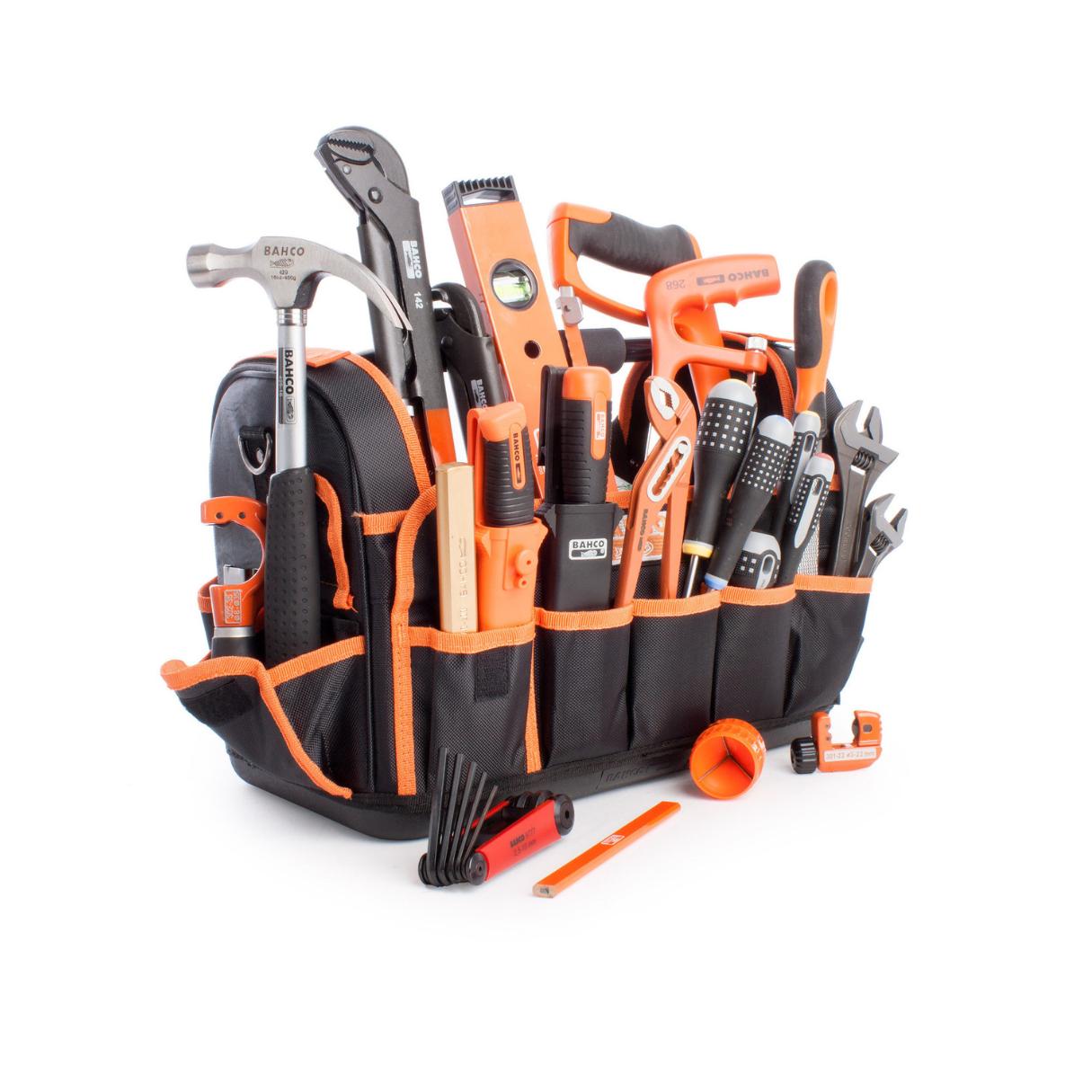

Articles
What Experience Do You Have In Working With Hand Tools In Plumbing
Modified: October 18, 2024
Discover articles on plumbing that showcase extensive experience in working with hand tools, providing insights and tips for successful projects.
(Many of the links in this article redirect to a specific reviewed product. Your purchase of these products through affiliate links helps to generate commission for Storables.com, at no extra cost. Learn more)
Introduction
Plumbing is a fundamental aspect of our daily lives, ensuring that we have access to clean water and proper sanitation. It involves the installation, repair, and maintenance of water pipes, fixtures, and other plumbing systems. While plumbing requires a combination of knowledge, skills, and tools, one essential aspect that cannot be overlooked is experience in working with hand tools.
Hands-on experience with hand tools is crucial for plumbers as it allows them to execute their tasks efficiently and effectively. The ability to select and use the right hand tools, along with the knowledge of advanced techniques and troubleshooting skills, significantly impacts the overall quality of plumbing work.
Throughout this article, we will delve into the importance of experience in working with hand tools in plumbing, the types of hand tools commonly used, their functions, the techniques and skills required to handle them, common challenges faced, safety precautions, and best practices.
So, whether you’re a professional plumber looking to enhance your skills or someone interested in understanding the inner workings of plumbing, this article will provide you with valuable insights into working with hand tools in the plumbing industry.
Key Takeaways:
- Experience in working with hand tools is crucial for plumbers, enabling efficiency, precision, problem-solving, safety, and customer satisfaction, ultimately impacting the quality of plumbing work.
- Plumbers must master techniques, skills, and safety precautions for hand tool usage, while continuously learning and adapting to advancements in the dynamic field of plumbing.
Importance of Experience in Working with Hand Tools in Plumbing
Experience is a critical factor in the plumbing industry, especially when it comes to working with hand tools. While theoretical knowledge is essential, practical experience provides plumbers with the necessary skills to handle various plumbing tasks efficiently. Here are a few reasons why experience in working with hand tools is vital in plumbing:
1. Efficiency and Time-Saving: With experience, plumbers become familiar with different hand tools, enabling them to select the right tool for each task. This knowledge saves time as they can quickly and accurately determine the most effective tool for the job. Proper tool selection enhances overall efficiency, allowing plumbers to complete projects promptly and move on to the next task without unnecessary delays.
2. Precision and Accuracy: When using hand tools, precision is crucial in plumbing. Experienced plumbers have developed the necessary dexterity and control needed to manipulate hand tools to achieve accurate results. Whether it’s tightening a fitting or cutting a pipe, experienced plumbers can perform tasks with precision, minimizing errors and ensuring long-lasting, leak-free plumbing systems.
3. Problem Solving: Plumbing projects often involve unexpected challenges. Experience in working with hand tools equips plumbers with problem-solving skills, enabling them to find effective solutions on the spot. Experienced plumbers can troubleshoot issues, adapt their approaches, and use hand tools creatively to overcome obstacles, ultimately delivering successful outcomes.
4. Durability and Longevity: Hand tools are an investment, and proper usage and maintenance are crucial to their longevity. Experienced plumbers know how to handle hand tools with care, ensuring they remain in good condition for extended periods. Furthermore, their experience allows them to understand the limits and capabilities of different hand tools, preventing premature wear and tear and prolonging their functionality.
5. Safety: Working with hand tools involves potential risks, such as cuts, abrasions, and other injuries. Plumbers with experience understand the importance of safety measures and precautions while using hand tools. They are well-versed in proper handling techniques, ensuring their own safety as well as the safety of those around them.
6. Customer Satisfaction: When clients hire a plumber, they expect a high standard of workmanship. Experience in working with hand tools ensures that plumbers can deliver exceptional results that meet or exceed customer expectations. The ability to handle tools confidently and efficiently contributes to a smooth and successful plumbing project, leaving clients satisfied and more likely to recommend the plumber to others.
Overall, experience in working with hand tools is indispensable in the plumbing industry. It brings efficiency, precision, problem-solving abilities, durability, safety, and customer satisfaction to every plumbing project. Without hands-on experience with hand tools, plumbers could face challenges and setbacks that could compromise the quality of their work. Therefore, both aspiring and seasoned plumbers should prioritize gaining practical experience with hand tools to excel in their profession.
Types of Hand Tools Used in Plumbing
Hand tools play a vital role in plumbing tasks, allowing plumbers to install, repair, and maintain various plumbing systems. These tools are designed to be operated by hand and are essential for performing a wide range of plumbing tasks. Here are some of the most commonly used hand tools in plumbing:
1. Pipe Wrench: Pipe wrenches are adjustable wrenches specifically designed for gripping and turning pipes and pipe fittings. They come in various sizes to accommodate different pipe diameters. The sturdy teeth and long handle of the pipe wrench provide ample leverage, making it easier to tighten or loosen pipes with a secure grip.
2. Adjustable Wrench: An adjustable wrench, also known as an adjustable spanner, is a versatile tool used for gripping and turning nuts, bolts, and pipe fittings. The jaws of the adjustable wrench can be adjusted to fit different sizes of fasteners, making it suitable for various plumbing applications.
3. Pipe Cutter: A pipe cutter is a hand tool used to cut pipes cleanly and accurately. It operates by rotating the cutter around the pipe, gradually tightening the cutting wheel until it severs the pipe. Pipe cutters are available in different sizes to accommodate various pipe diameters and materials.
4. Hacksaw: A hacksaw is a versatile cutting tool used in plumbing to cut through metal pipes, bolts, and other materials. It consists of a fine-toothed blade, tensioning mechanism, and a handle. The adjustable blade allows for precise cutting, and the handle provides a comfortable grip for controlled operation.
5. Plunger: A plunger is a tool used to clear clogged drains and toilets. It consists of a rubber cup attached to a wooden or plastic handle. When the plunger is pressed against the drain opening or toilet bowl and then quickly pulled back, it creates a vacuum that dislodges blockages.
6. Teflon Tape: While not technically a hand tool, Teflon tape is an essential item used in plumbing. It is a thin, white tape made of PTFE (polytetrafluoroethylene) and is wrapped around threaded pipe fittings to create a watertight seal. Teflon tape helps prevent leaks by filling gaps between the threads.
7. Basin Wrench: A basin wrench is a specialized tool used to tighten or loosen nuts and fittings in hard-to-reach places, such as under sinks or behind toilets. It features a long handle with a pivoting jaw mechanism that provides a secure grip and allows for easy access to tight spaces.
8. Pliers: Pliers are versatile hand tools used in various plumbing tasks, such as gripping, bending, and cutting. They come in different types, including slip-joint pliers, tongue-and-groove pliers, and needle-nose pliers. Pliers provide a firm grip on objects and are particularly useful for manipulating small nuts and fittings.
These are just a few examples of the hand tools used in plumbing. Depending on the specific task at hand, plumbers may also utilize other hand tools such as channel locks, pipe reamers, flaring tools, and more. Having a comprehensive set of hand tools is essential for any plumber to tackle a wide range of plumbing projects efficiently and effectively.
Basic Hand Tools and Their Functions
Basic hand tools are the foundation of any plumber’s toolkit. These essential tools help plumbers perform a wide range of plumbing tasks, from installation to repair and maintenance. Here are some of the basic hand tools commonly used in plumbing, along with their functions:
1. Pipe Wrench: The pipe wrench is a versatile tool used for gripping and turning pipes and pipe fittings. It features sharp teeth that bite into the pipe, providing a secure grip for tightening or loosening connections.
2. Adjustable Wrench: An adjustable wrench, also known as a crescent wrench, is a versatile tool for gripping and turning nuts, bolts, and pipe fittings. Its adjustable jaw allows it to fit different sizes of fasteners, making it suitable for a variety of plumbing applications.
3. Pliers: Pliers are multipurpose tools that come in various types, including slip-joint pliers, tongue-and-groove pliers, and needle-nose pliers. They are used for gripping, bending, and cutting tasks in plumbing. Pliers provide a firm grip and are particularly useful for manipulating small nuts and fittings.
4. Hacksaw: A hacksaw is a versatile cutting tool used to cut metal pipes, bolts, and other materials in plumbing. It consists of a fine-toothed blade attached to a tensioning mechanism and a handle. The adjustable blade allows for precise cutting.
5. Screwdrivers: Screwdrivers are essential for removing and tightening screws in plumbing fixtures and equipment. They come in different sizes and types, including flathead and Phillips head screwdrivers, each designed for specific screw types.
6. Plunger: A plunger is a tool used to clear clogged drains and toilets. It consists of a rubber cup attached to a handle. When pressed against the drain opening or toilet bowl and then quickly pulled back, the plunger creates suction that dislodges blockages.
7. Teflon Tape: Teflon tape, also known as plumber’s tape or thread seal tape, is a thin, white tape made of PTFE (polytetrafluoroethylene) that is wrapped around threaded pipe fittings. It helps create a watertight seal by filling gaps between the threads, preventing leaks.
8. Pipe Cutter: A pipe cutter is a tool used to cut pipes cleanly and accurately. It consists of a cutting wheel attached to a ratcheting mechanism that tightens as it rotates, gradually cutting through the pipe.
9. Basin Wrench: A basin wrench is a specialized tool used for tightening or loosening nuts and fittings in hard-to-reach places, such as under sinks or behind toilets. It features a long handle with a pivoting jaw mechanism that allows for easy access to tight spaces.
10. Tape Measure: A tape measure is an essential tool for measuring distances and dimensions in plumbing installations. It is typically a retractable metal ribbon with measurement markings, allowing plumbers to accurately measure pipe lengths, fixture placements, and other required dimensions.
These basic hand tools are indispensable for plumbers to perform a wide range of plumbing tasks. With the right set of tools and a solid understanding of their functions, plumbers can ensure precise and efficient installations, repairs, and maintenance of plumbing systems.
Advanced Hand Tools and Their Functions
In addition to basic hand tools, plumbers often utilize advanced hand tools to tackle more complex tasks and handle specialized plumbing projects. These tools require a higher level of skill and expertise to operate effectively. Here are some examples of advanced hand tools used in plumbing, along with their functions:
1. Pipe Bender: A pipe bender is a tool used to shape pipes into specific angles or curves without causing damage or compromising their structural integrity. It is commonly used to bend copper or other metal pipes to fit around obstacles or to create custom plumbing configurations.
2. Drain Auger: A drain auger, also known as a plumber’s snake or drain snake, is a flexible cable tool used to clear clogs in drains, pipes, and sewer lines that cannot be resolved by a plunger. The auger is inserted into the blocked pipe and can break up or retrieve the obstruction, allowing for the restoration of proper flow.
3. Pipe Threading Tools: Pipe threading tools consist of a die head and handle used to create threads on pipe ends. These threads enable secure connections between pipes and fittings. Pipe threading tools are primarily used in plumbing projects involving gas lines or water supply systems that require precise and secure pipe connections.
4. Drain Camera: A drain camera, or sewer inspection camera, is a specialized tool used to visually inspect the inside of pipes and drains. It consists of a waterproof camera attached to a long, flexible cable, which allows plumbers to identify blockages, cracks, or other issues within the plumbing system that are not visible to the naked eye.
5. Torque Wrench: A torque wrench is a calibrated tool used to tighten nuts, bolts, and other fasteners to a specific torque specification. It ensures that connections are properly secured without overtightening or risking damage. Torque wrenches are particularly crucial in plumbing installations that require precise tightening for leak-free connections.
6. Pipe Flaring Tool: A pipe flaring tool is used to create flared ends on copper or other soft metal pipes. The flared ends allow for secure connections with fittings, ensuring a leak-free connection. Pipe flaring tools are commonly used in refrigeration systems and gas line installations.
7. Pressure Gauge: A pressure gauge is used to measure the pressure within a plumbing system. It helps plumbers determine if the pressure is within acceptable limits or if there are any issues that need to be addressed. Pressure gauges are especially useful in troubleshooting water supply systems or identifying plumbing leaks.
8. Pipe Crimper: A pipe crimper is a tool used to create crimps or folds in metal pipes. It is commonly used in HVAC systems or when installing ductwork. Crimped pipes provide a secure and airtight connection, ensuring efficient airflow and preventing leaks.
9. Propane Torch: A propane torch is a tool used for soldering or welding copper pipes. It provides a controlled flame that heats the joint, allowing solder to melt and create a strong bond between pipes and fittings. Propane torches are commonly used in plumbing projects that involve joining copper pipes.
10. Manifold Gauge Set: A manifold gauge set is used to measure and monitor pressure levels in refrigeration systems. It helps plumbers diagnose issues with HVAC systems or refrigeration units by providing accurate readings of high and low system pressures.
These advanced hand tools are essential for specialized plumbing projects and tasks that require a higher level of expertise. Whether it’s shaping pipes, inspecting drains, or measuring pressure levels, these tools enable plumbers to handle complex plumbing systems and deliver high-quality results.
When working with hand tools in plumbing, always make sure to use the right tool for the job to avoid damaging pipes or fittings. Additionally, regularly inspect and maintain your tools to ensure they are in good working condition.
Read more: What Hand Tools Have A Lifetime Warranty
Techniques and Skills Required for Working with Hand Tools in Plumbing
Working with hand tools in plumbing requires a combination of techniques and skills to ensure the successful completion of plumbing tasks. Plumbers must possess a strong foundation in both theoretical knowledge and practical expertise to handle various hand tools effectively. Here are some essential techniques and skills required for working with hand tools in plumbing:
1. Tool Selection: The ability to select the right tool for the job is crucial in plumbing. Plumbers must understand the function of each hand tool and know which tool to use for specific tasks. This knowledge allows them to work efficiently, saving time and effort by using the most appropriate tool for each situation.
2. Hand Tool Handling: Proper handling of hand tools is essential to ensure their safe and efficient use. Plumbers should have good hand-eye coordination and skill in maneuvering tools to perform tasks accurately. They must grasp tools firmly and position their hands correctly to maximize control and minimize the risk of accidents or injuries.
3. Grip Techniques: Different hand tools require specific grip techniques to ensure optimal performance. Plumbers should develop strong gripping skills, understanding how to position their hands and fingers securely on the tool’s handle. This allows them to exert the necessary force and prevent slipping, especially when dealing with tight or hard-to-reach spaces.
4. Cutting Techniques: Cutting pipes or materials with hand tools requires precision and control. Plumbers should learn proper cutting techniques for tools like hacksaws and pipe cutters. This includes maintaining a steady hand, positioning the tool correctly, and using smooth, controlled motions to achieve clean and accurate cuts without damaging the surrounding area.
5. Turning and Adjusting: Many plumbing tasks involve turning and adjusting nuts, bolts, and fittings. Plumbers must develop skills in using pipe wrenches, adjustable wrenches, and pliers to set the right amount of torque while avoiding over-tightening or damaging the fasteners. It’s essential to learn how to apply consistent, controlled pressure to achieve secure connections.
6. Troubleshooting Skills: Plumbing projects can present unexpected challenges and complexities. Plumbers should develop strong troubleshooting skills to identify issues and find effective solutions. This involves a combination of critical thinking, problem-solving, and the ability to adapt and apply different tools and techniques as necessary for the specific situation.
7. Safety Awareness: Working with hand tools in plumbing requires a keen sense of safety awareness. Plumbers must be knowledgeable about safety precautions, such as wearing appropriate personal protective equipment (PPE) and understanding the risks associated with specific tools and tasks. Adhering to safety protocols helps prevent accidents and promotes a safe working environment.
8. Continuous Learning: Plumbing, like any trade, is continuously evolving. Plumbers should have a passion for learning and staying up-to-date with new tools, techniques, and advancements in the industry. This allows them to expand their skill set, adapt to new technologies, and provide the best possible plumbing services to clients.
Mastering these techniques and skills takes dedication, practice, and experience. Plumbers should strive to refine their abilities and continuously seek opportunities to learn and improve. With a strong foundation in hand tool techniques and skills, plumbers can confidently tackle any plumbing project that comes their way.
Common Challenges and Troubleshooting Techniques
Plumbing projects can present various challenges that plumbers need to address in order to ensure the successful completion of the task. These challenges may range from minor issues to complex problems requiring troubleshooting and problem-solving skills. Here are some common challenges encountered in plumbing, along with troubleshooting techniques:
1. Clogged Drains: Clogged drains are a frequent occurrence in plumbing. To troubleshoot a clogged drain, plumbers can start by using a plunger to create suction and dislodge the blockage. If the plunger doesn’t work, a drain auger can be used to break up or retrieve the obstruction. If the clog is severe or located deep within the pipes, a drain camera can be employed to identify the exact location and nature of the blockage.
2. Leaky Pipes: Leaks in pipes can lead to water damage and wastage. Plumbers can troubleshoot leaky pipes by first locating the source of the leak. This can be done by visually inspecting the pipes and fittings or using tools like pressure gauges to identify the problem area. Once the source is identified, plumbers can use techniques such as tightening or replacing connections, applying pipe sealants, or using pipe clamps to repair the leak.
3. Low Water Pressure: Low water pressure can be a frustrating issue for homeowners. Plumbers can troubleshoot low water pressure by checking for possible obstructions in the pipes, such as mineral buildup or debris. Flushing the pipes or using descaling solutions can help remove these obstructions and restore water pressure. Additionally, plumbers may need to inspect and adjust pressure regulators or replace faulty fixtures or valves that may be causing the low water pressure.
4. Noisy Pipes: Noisy pipes, such as rattling or banging sounds, can be a sign of water hammer or loose fittings. Plumbers can troubleshoot noisy pipes by examining and securing loose pipes and fittings with pipe clamps or cushioning materials. Installing water hammer arrestors or air chambers can also help control the sudden pressure changes that cause the noise in the pipes.
5. Sewer Odors: Unpleasant sewer odors in homes can result from traps drying out or issues with ventilation or sewer line blockages. Plumbers can troubleshoot sewer odors by inspecting and ensuring proper venting in the plumbing system. They can also check and clean out sewer lines, ensuring that traps are properly filled with water to prevent odors from escaping into the living space.
6. Hot Water Issues: Hot water problems, such as insufficient hot water or water not getting hot enough, can be challenging to troubleshoot. Plumbers can start by examining the water heater for issues like faulty thermostats, heating elements, or sediment buildup. Flushing the water heater or replacing faulty components can often resolve hot water issues. If necessary, plumbers may need to assess the overall efficiency and capacity of the water heater to ensure it meets the hot water demands of the household.
7. Frozen Pipes: Frozen pipes can occur during cold weather, leading to possible pipe bursts and water damage. Plumbers can troubleshoot frozen pipes by locating the frozen sections using tools like thermal imaging cameras or physically checking vulnerable areas. Techniques such as applying heat through hot towels, electric heating tape, or using a portable heater can help thaw the frozen pipes safely.
These are just a few examples of common challenges encountered in plumbing. Effective troubleshooting requires a combination of experience, knowledge, and problem-solving skills. Plumbers must assess the specific situation and utilize the appropriate techniques, tools, and repair methods to resolve the issue effectively and ensure the smooth functioning of the plumbing system.
Safety Precautions and Best Practices
Maintaining a safe working environment is of utmost importance in the plumbing industry. Plumbers work with various tools, materials, and potentially hazardous situations, so following safety precautions and best practices is essential. Here are some key safety precautions and best practices for plumbers:
1. Personal Protective Equipment (PPE): Plumbers should always wear appropriate personal protective equipment to minimize the risk of injury. This includes safety glasses or goggles, gloves, hard hats, and steel-toed boots. PPE protects against potential eye injuries, hand injuries, head injuries, and foot injuries from falling objects or accidental contact with tools or materials.
2. Proper Tool Handling: Plumbers should handle tools with care and follow proper techniques when using them. This includes using tools for their intended purpose and not using damaged or malfunctioning tools. Tools should be kept clean, organized, and in good working condition to prevent accidents or injuries.
3. Proper Lifting Techniques: Plumbing tasks often involve lifting heavy objects such as pipes, water heaters, or toolboxes. To prevent strains or back injuries, plumbers should use proper lifting techniques. This includes bending the knees, keeping the back straight, and lifting with the leg muscles rather than the back.
4. Working in Confined Spaces: Plumbers may need to work in confined spaces such as crawl spaces or small utility closets. It is crucial to assess these spaces for potential hazards and ensure proper ventilation. Plumbers should also have a reliable communication system in place in case of emergencies.
5. Plumbing System Shut-Offs: Before beginning any plumbing work, plumbers should locate and shut off the appropriate valves or switches to stop the flow of water or gas. This prevents accidental flooding or exposure to hazardous materials. Plumbers should also be familiar with the location and operation of emergency shut-off valves in case of emergencies.
6. Electrical Safety: Plumbing work may involve working near electrical systems or appliances. Plumbers must be cautious around electrical connections and ensure that power sources are turned off or properly disconnected before working on plumbing fixtures or equipment. If electrical work is necessary, it is essential to follow proper electrical safety procedures or consult a licensed electrician.
7. Proper Disposal of Materials: Plumbers should dispose of waste materials, such as old pipes or chemicals, following local regulations and best practices. This includes proper disposal methods for hazardous materials and recycling or reuse of materials whenever possible.
8. Regular Maintenance and Inspection: Plumbers should regularly inspect their tools, equipment, and vehicles to ensure they are in good working order. This includes checking for any signs of wear or damage that could impact safety. Regular maintenance and inspection help prevent unexpected tool failures or accidents.
9. Continuous Education and Training: Staying up-to-date with safety regulations, industry standards, and best practices is essential for plumbers. Continuous education and training help plumbers stay informed about new safety practices, techniques, and technologies that can enhance their work and protect their well-being.
10. Communication and Teamwork: Effective communication and teamwork are essential for maintaining a safe working environment. Plumbers should communicate clearly with clients, fellow plumbers, and other professionals involved in the project. This ensures everyone is aware of safety hazards and works together to minimize risks.
Following these safety precautions and best practices helps protect the well-being of plumbers and those around them. By prioritizing safety, plumbers can ensure the successful completion of plumbing projects while minimizing the risk of accidents, injuries, and potential harm to clients and property.
Conclusion
Working with hand tools is an essential aspect of plumbing, requiring a combination of experience, knowledge, and skills. Plumbers who possess hands-on experience with hand tools are equipped to navigate various plumbing tasks efficiently and effectively. They understand the importance of tool selection, proper handling, and techniques that contribute to the successful completion of plumbing projects.
Throughout this article, we have explored the significance of experience in working with hand tools in plumbing. We have discussed the types of hand tools commonly used, their functions, and the techniques and skills required to handle them. Additionally, we have delved into the common challenges encountered in plumbing and the troubleshooting techniques involved. Finally, we have highlighted the importance of safety precautions and best practices to ensure a secure working environment.
By gaining experience and mastering the skills necessary for working with hand tools, plumbers can become proficient in their craft. They can provide efficient solutions, meet customer expectations, and deliver high-quality workmanship. The ability to troubleshoot and overcome challenges effectively is paramount in the dynamic field of plumbing.
As plumbing technology continues to evolve, it is crucial for plumbers to stay up-to-date with advancements in tools, techniques, and safety practices. Continuous learning and professional development enable plumbers to adapt to changing industry demands, provide exceptional service, and ensure the smooth functioning of plumbing systems.
In conclusion, experience in working with hand tools is invaluable in the plumbing industry. Plumbers with a deep understanding of hand tools and the skills to wield them confidently can tackle a wide range of plumbing tasks and deliver superior results. Through dedication, continuous learning, and a commitment to safety, plumbers can establish a reputation for excellence in their profession, making a positive impact on the lives of their clients and ensuring the efficient and reliable functioning of plumbing systems.
Frequently Asked Questions about What Experience Do You Have In Working With Hand Tools In Plumbing
Was this page helpful?
At Storables.com, we guarantee accurate and reliable information. Our content, validated by Expert Board Contributors, is crafted following stringent Editorial Policies. We're committed to providing you with well-researched, expert-backed insights for all your informational needs.
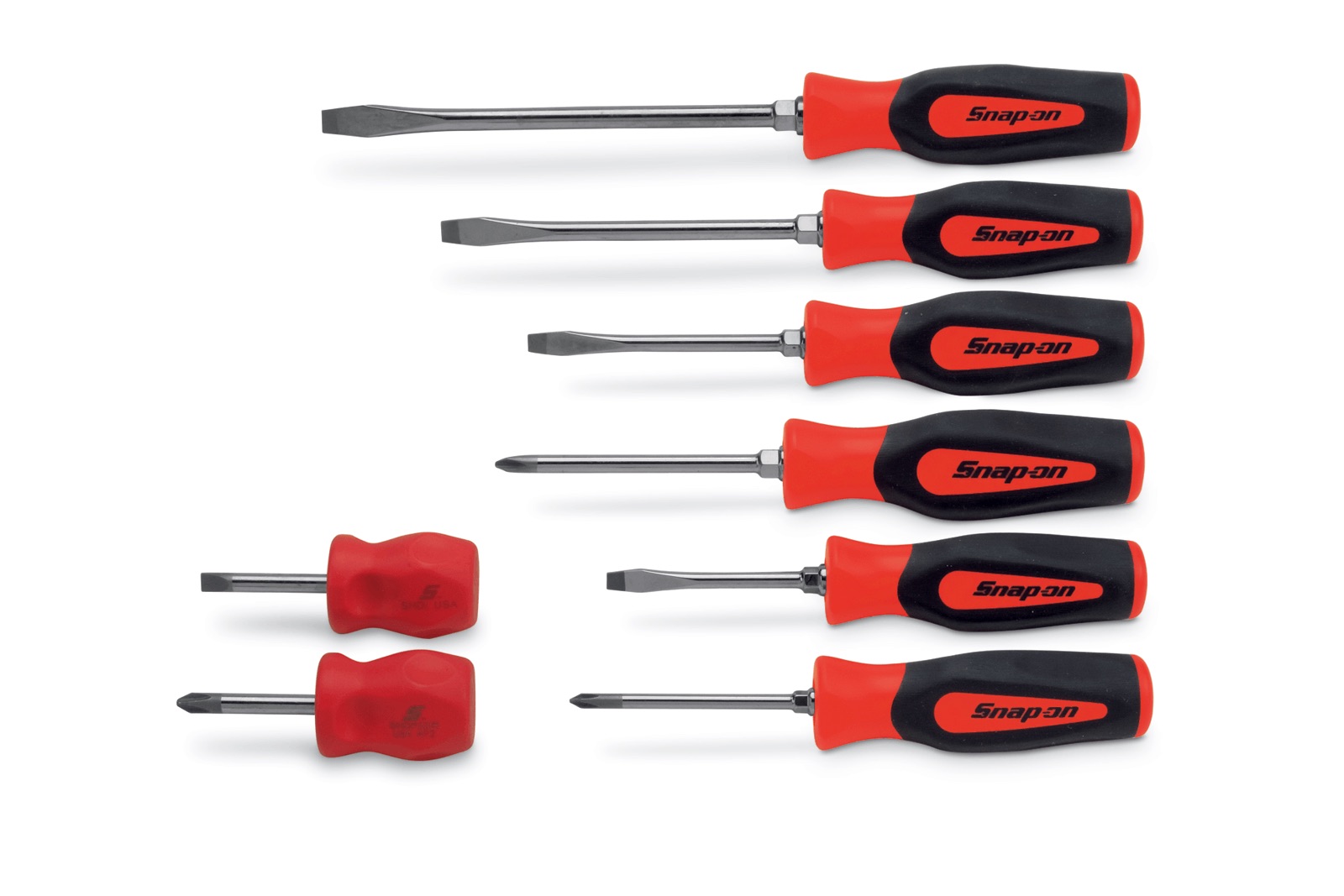
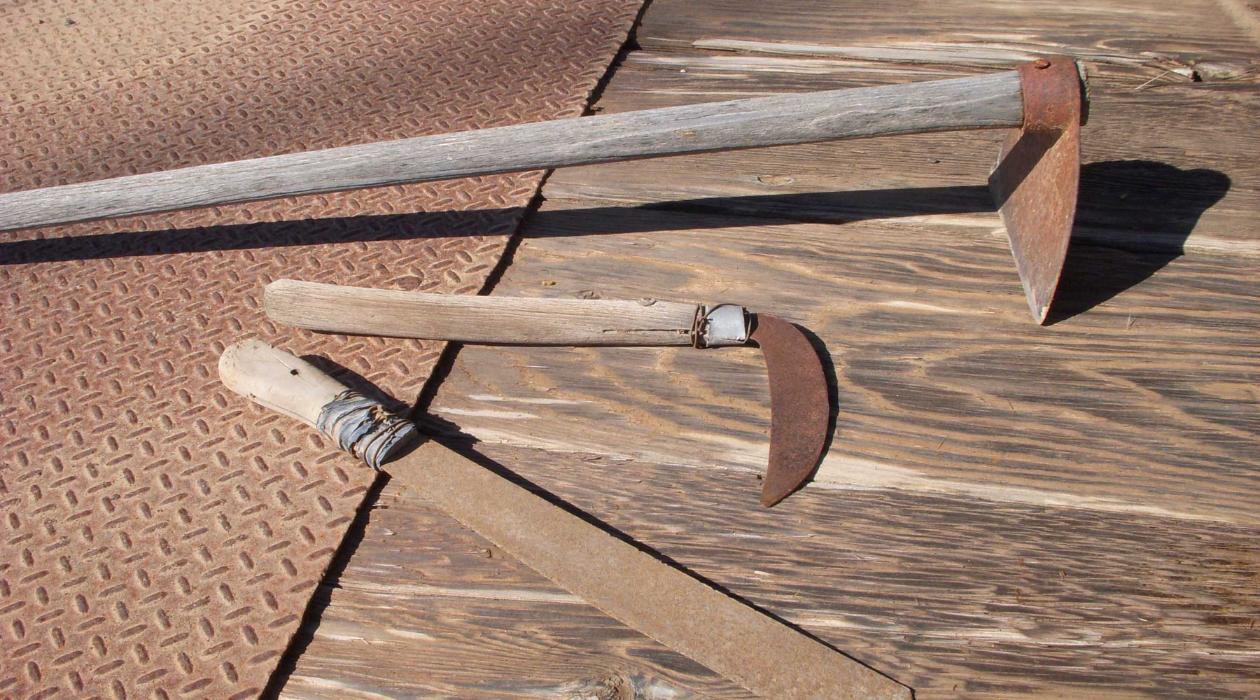
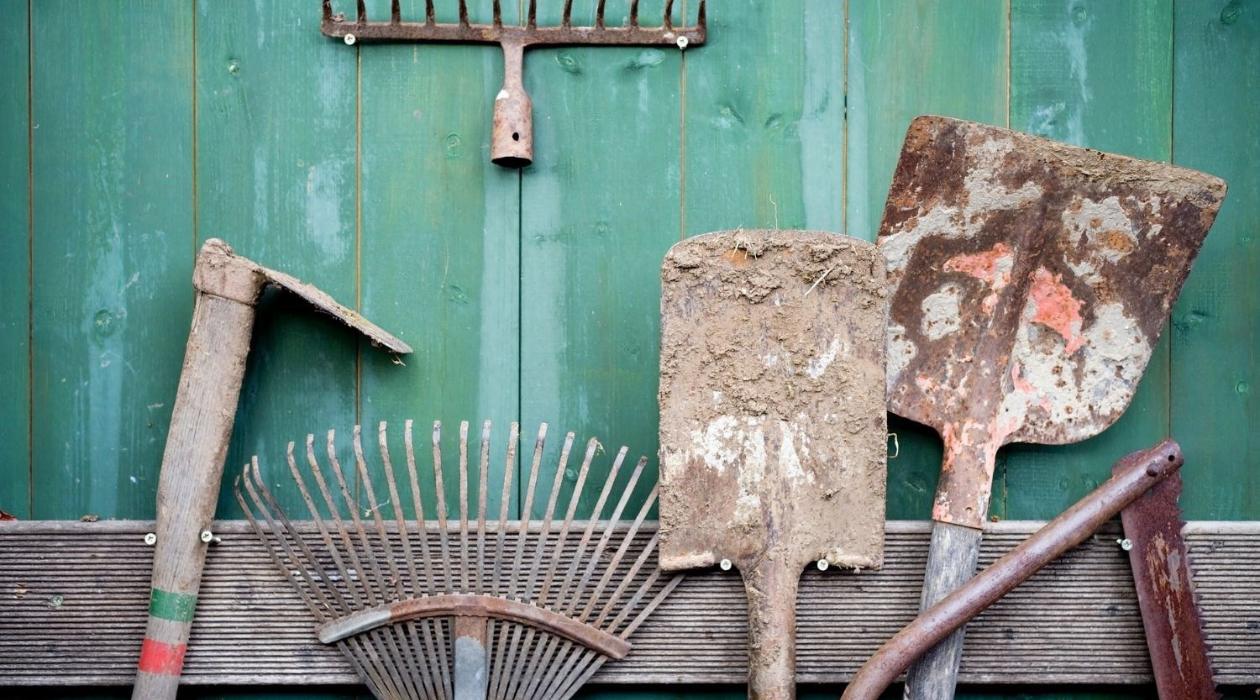
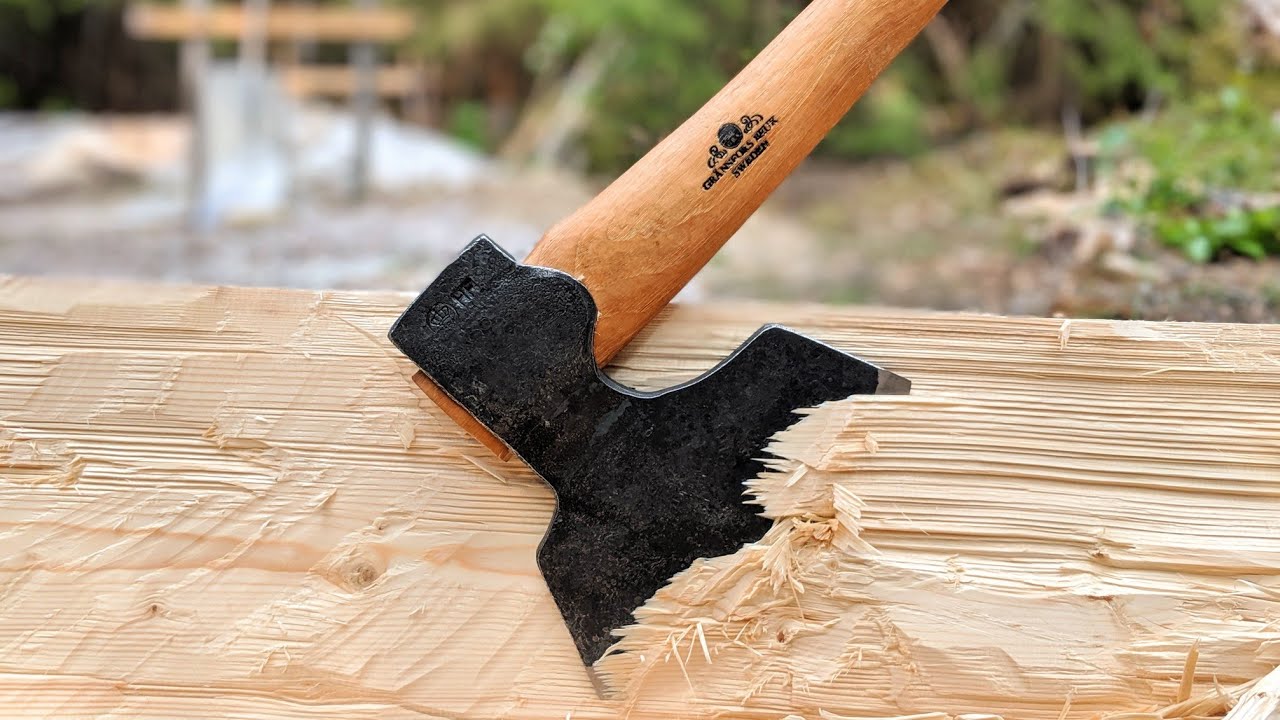
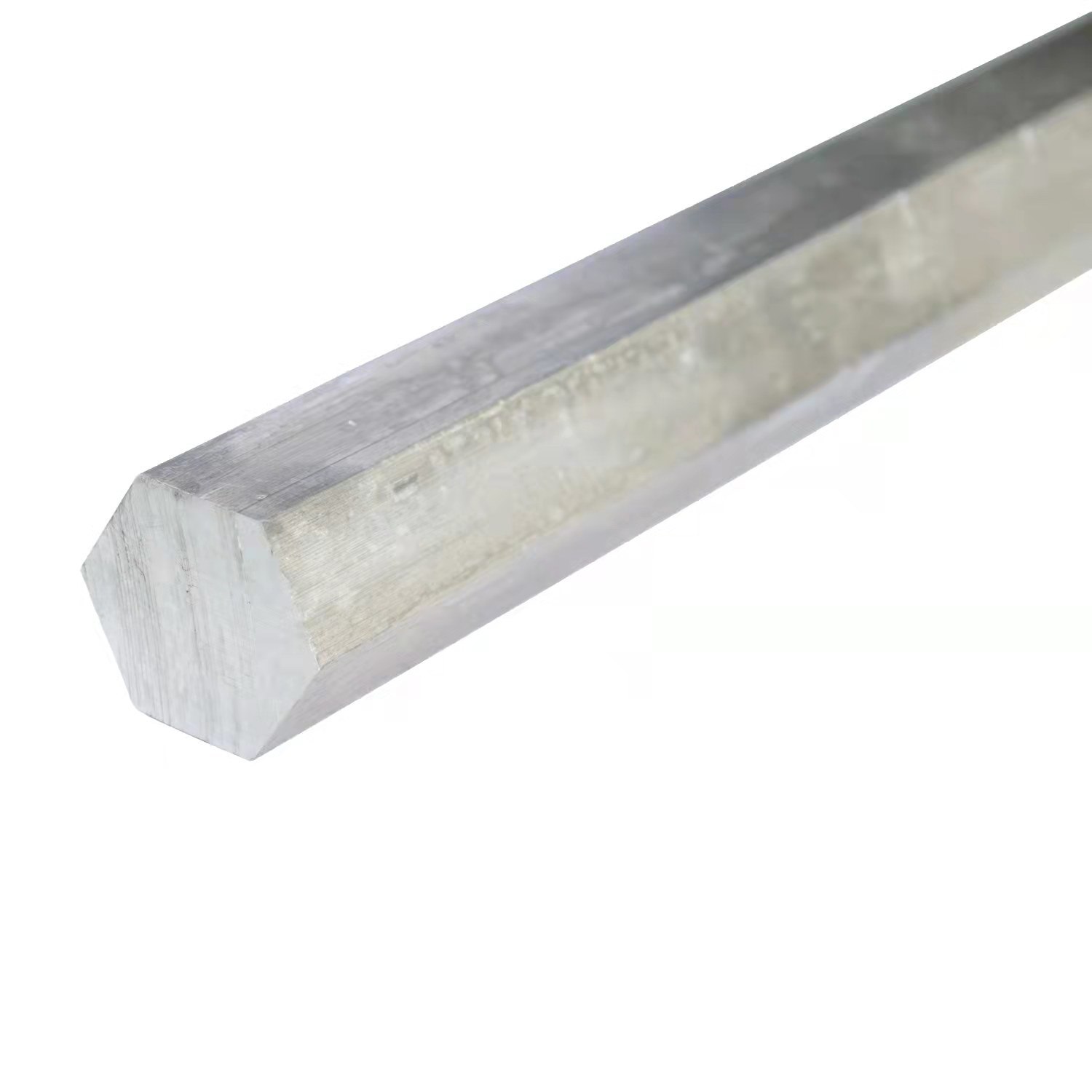
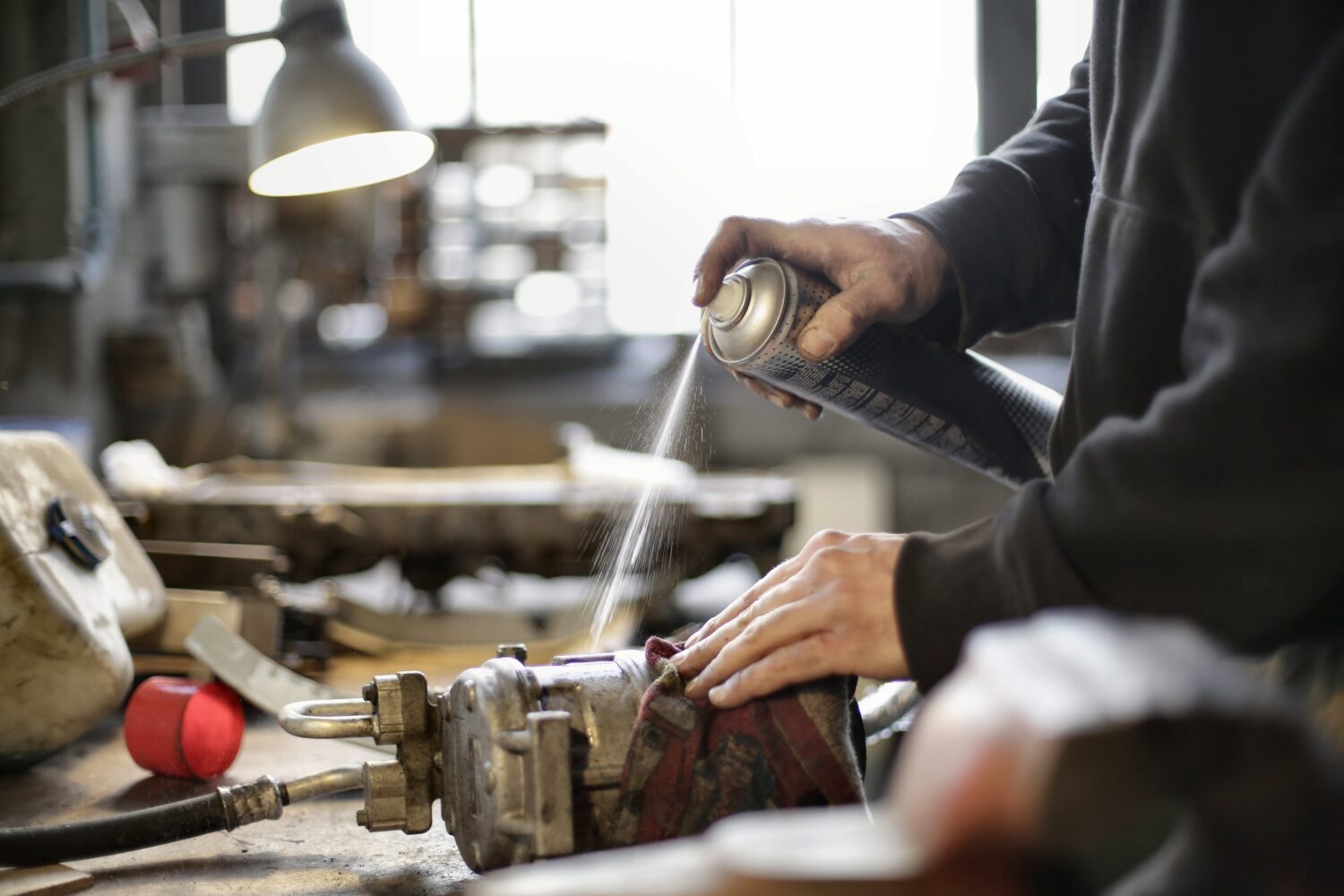

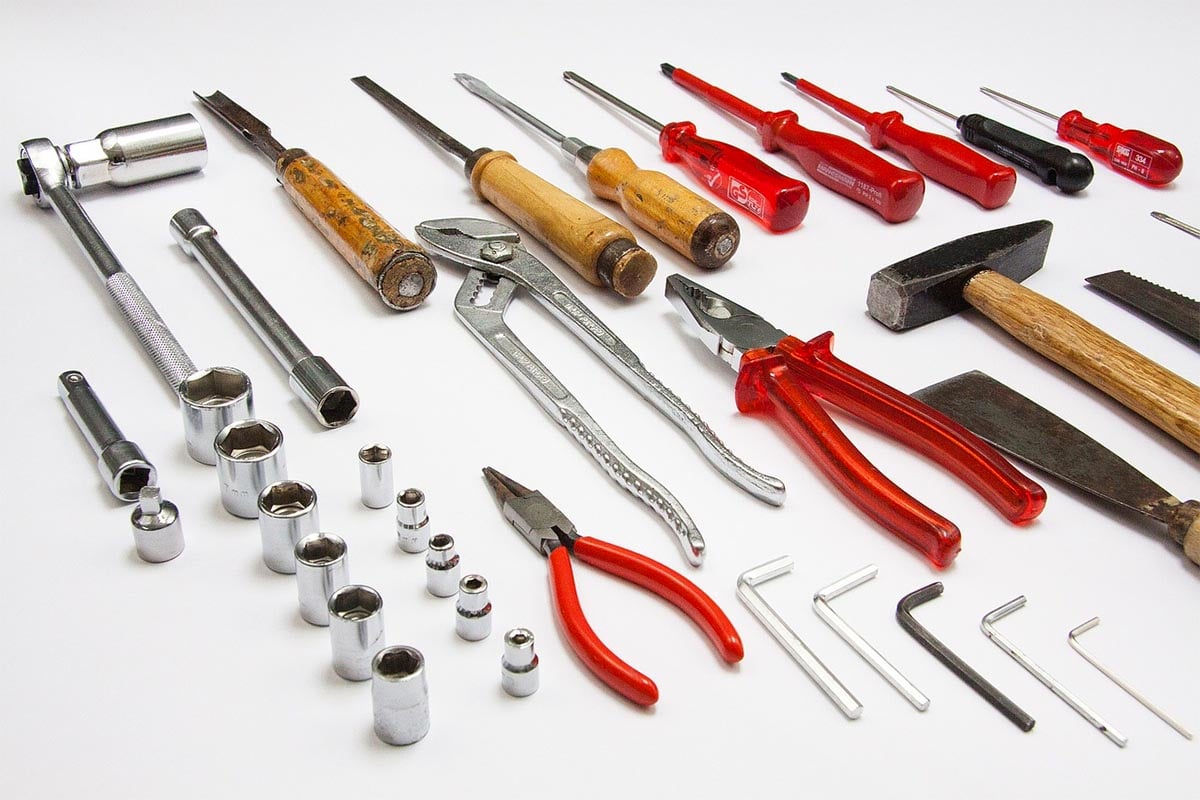
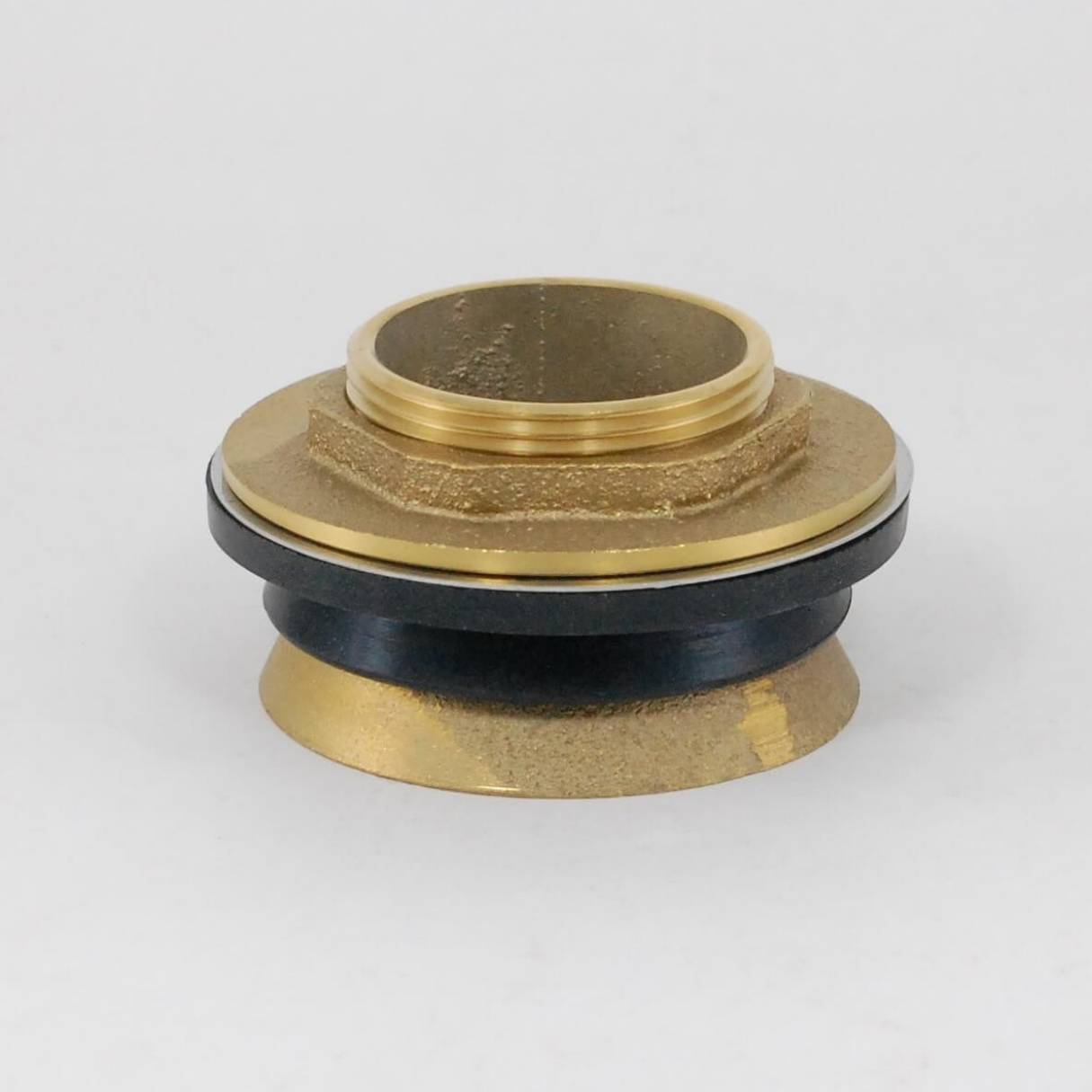
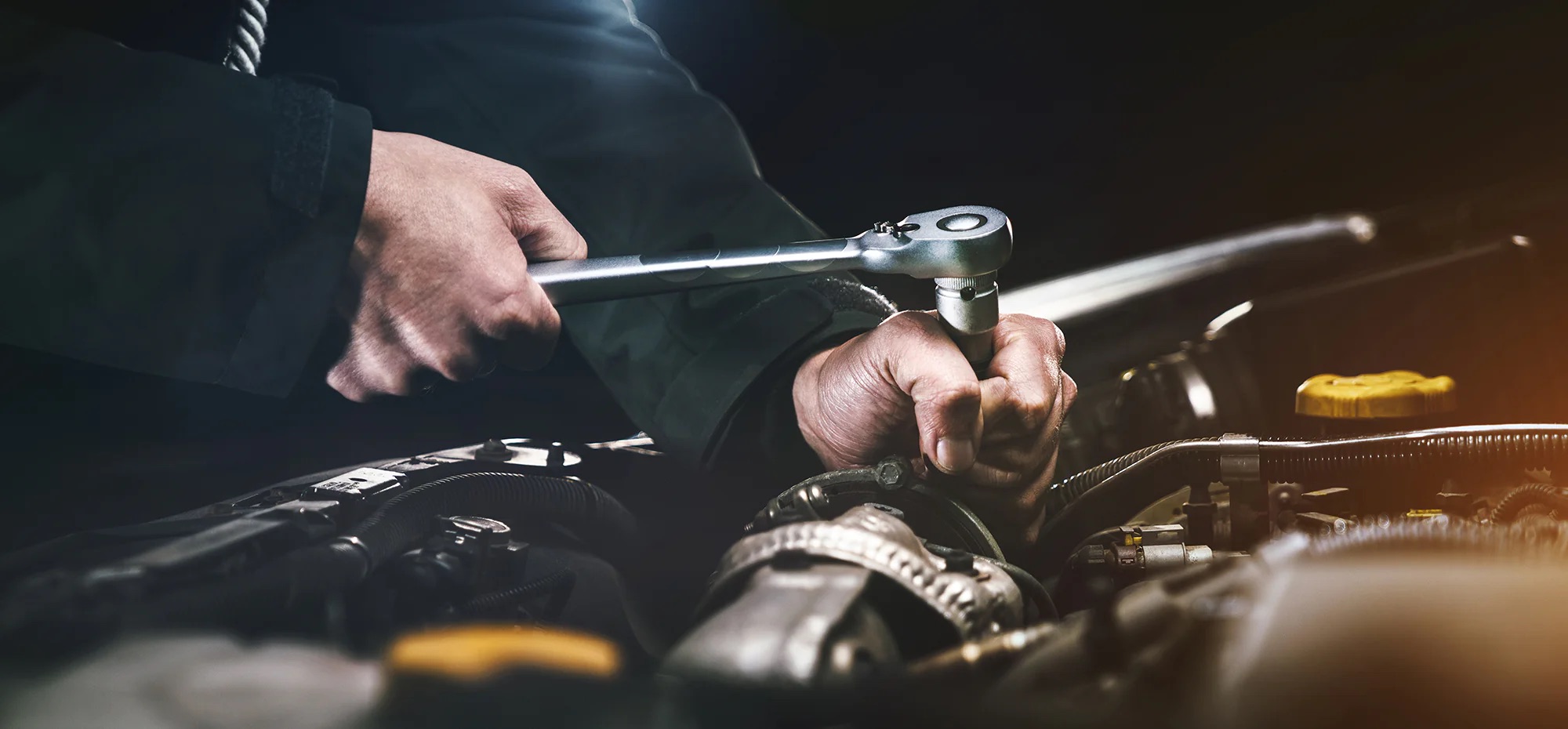
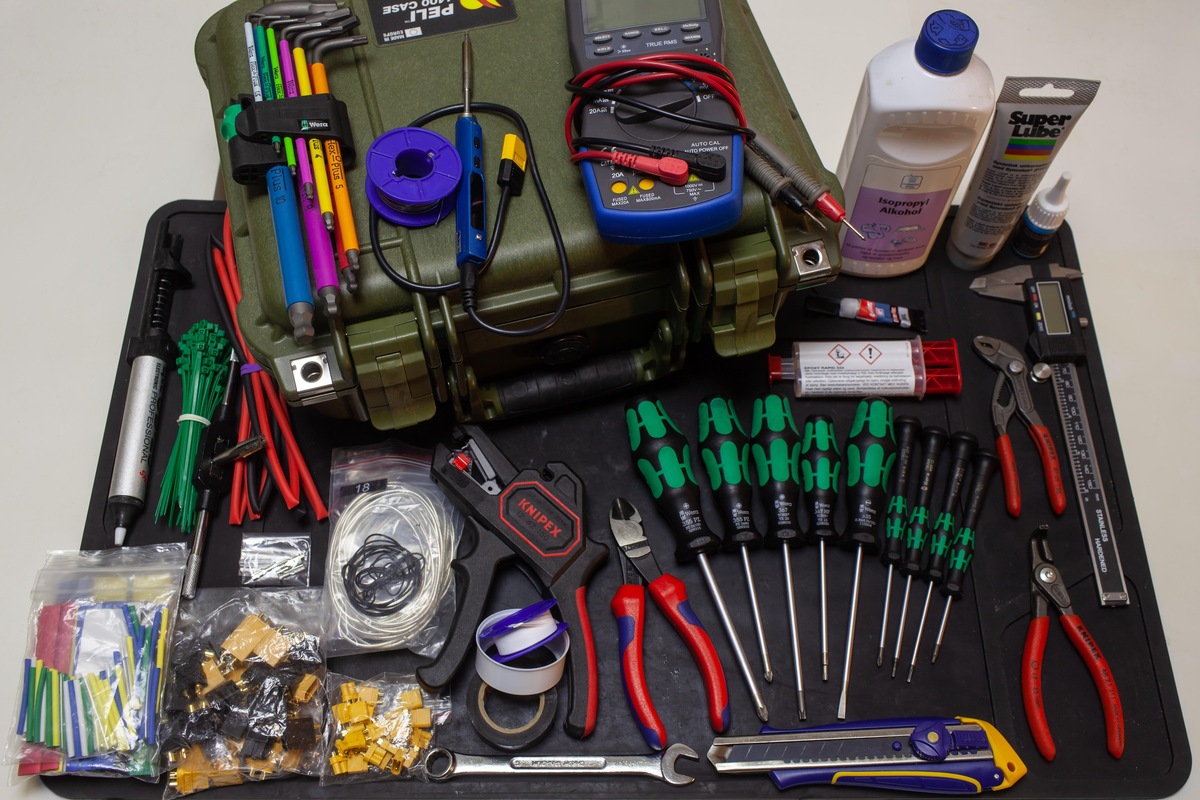
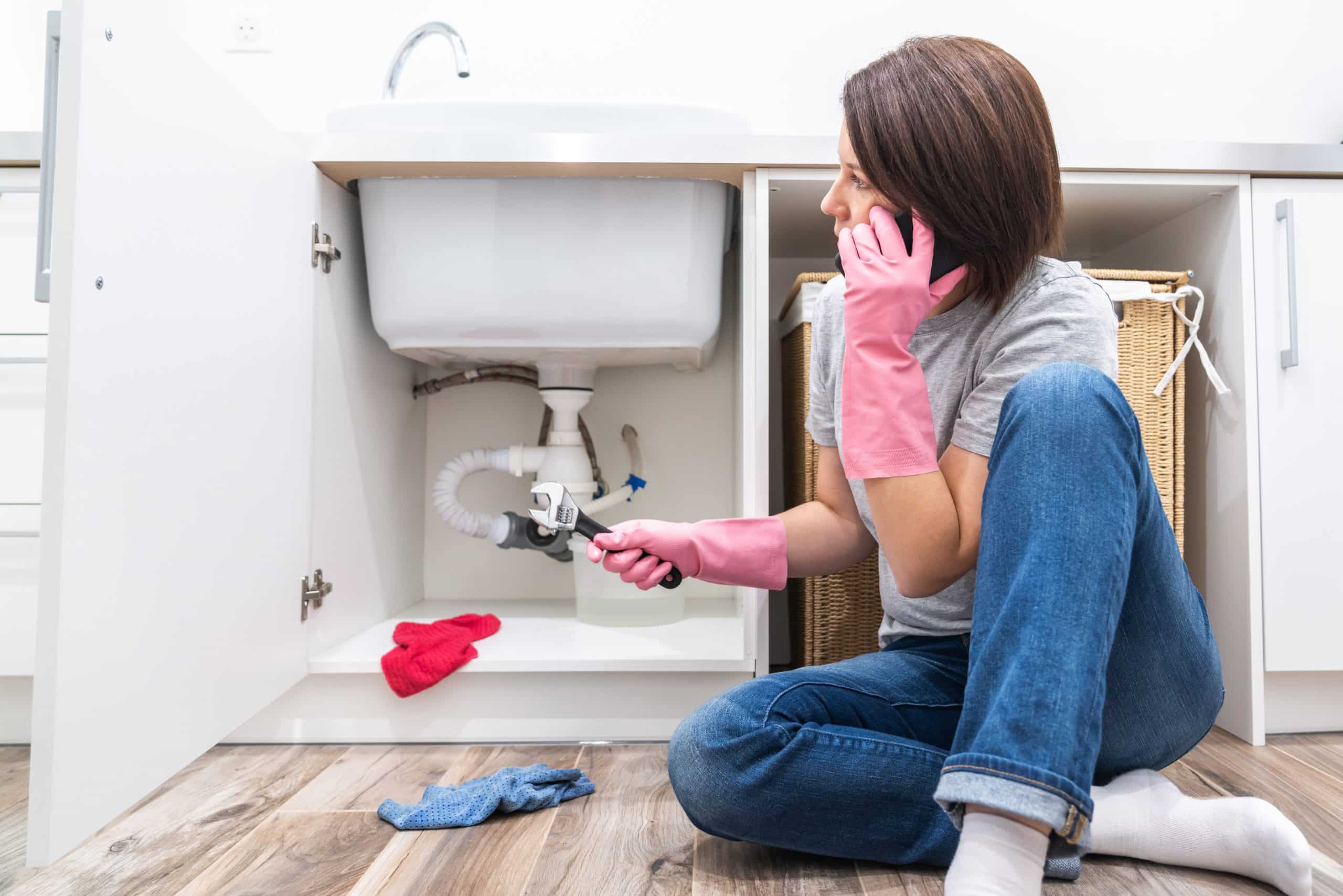
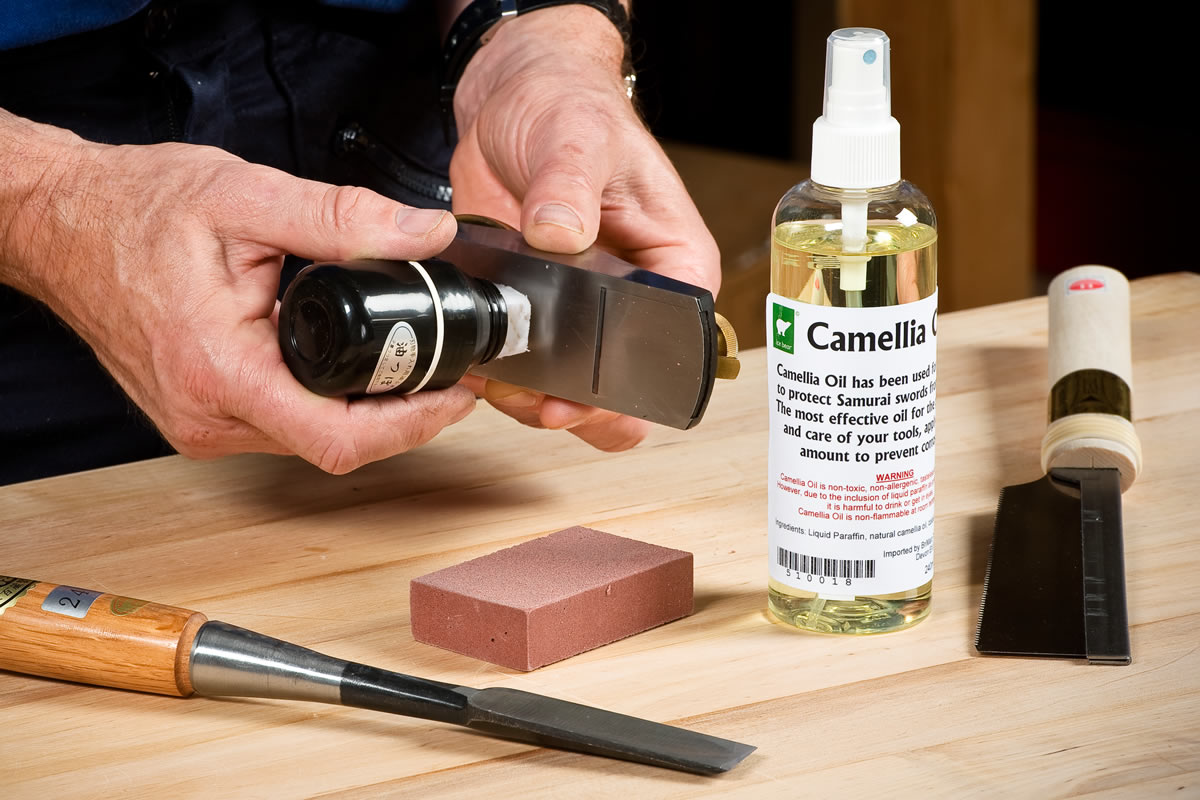
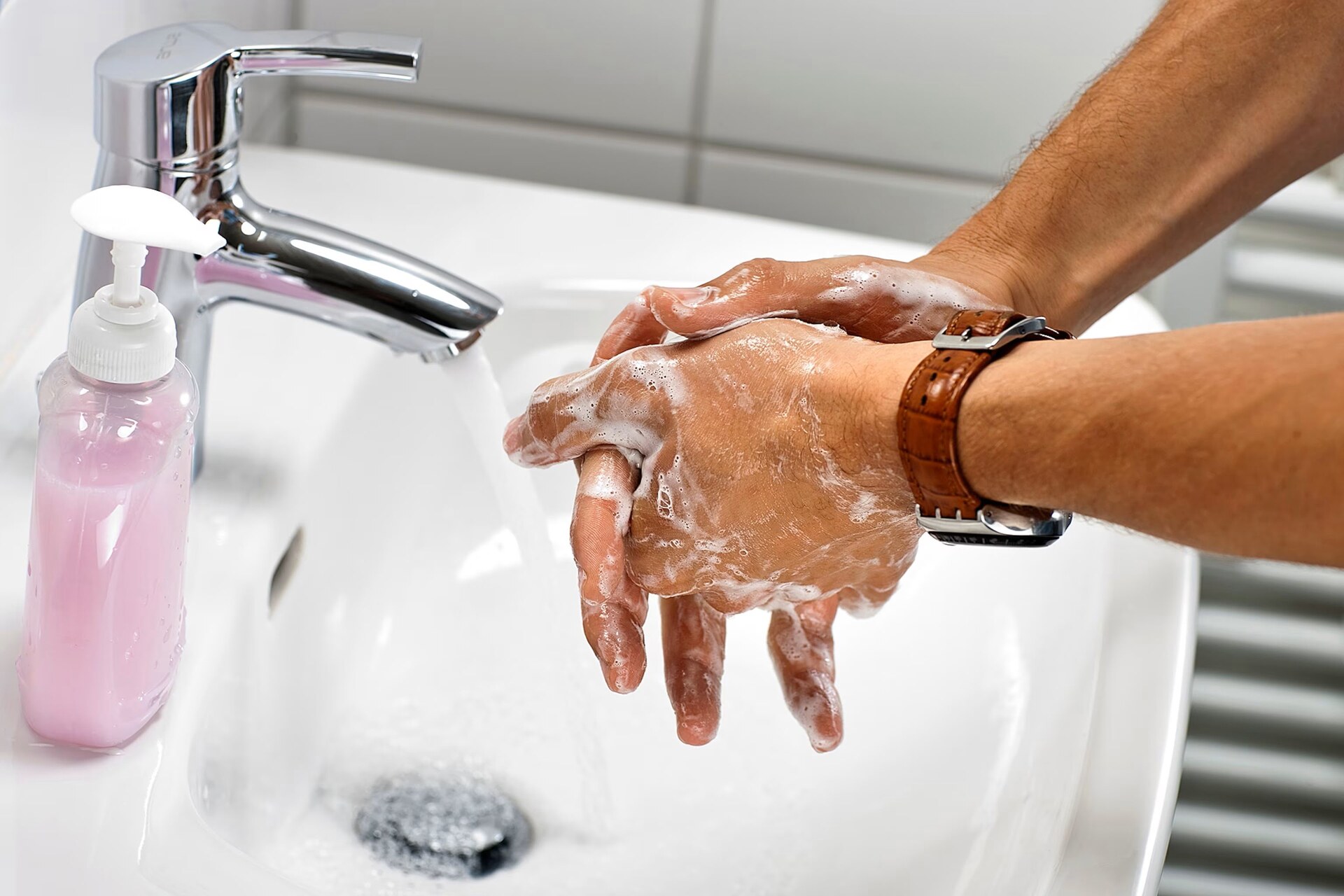

0 thoughts on “What Experience Do You Have In Working With Hand Tools In Plumbing”